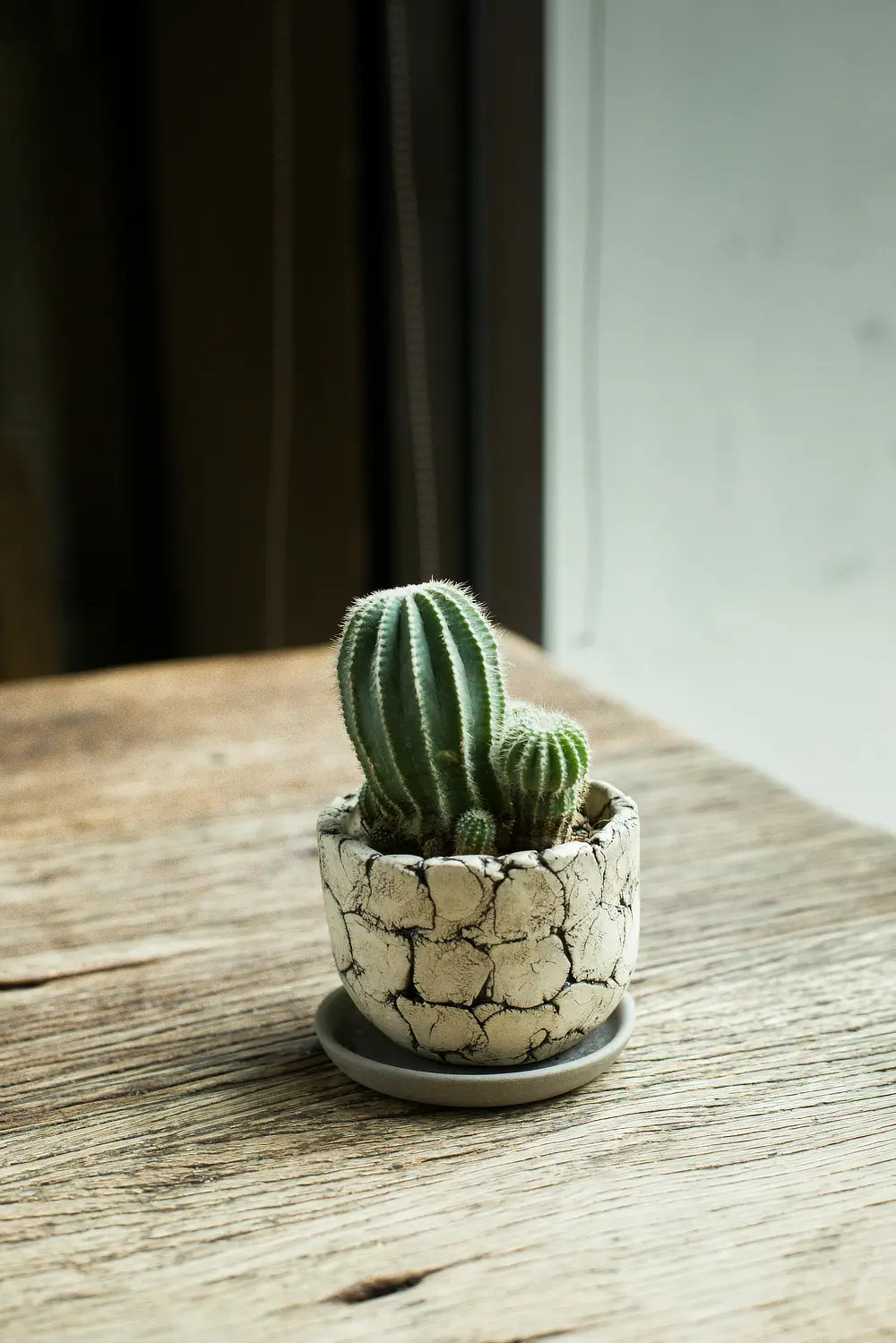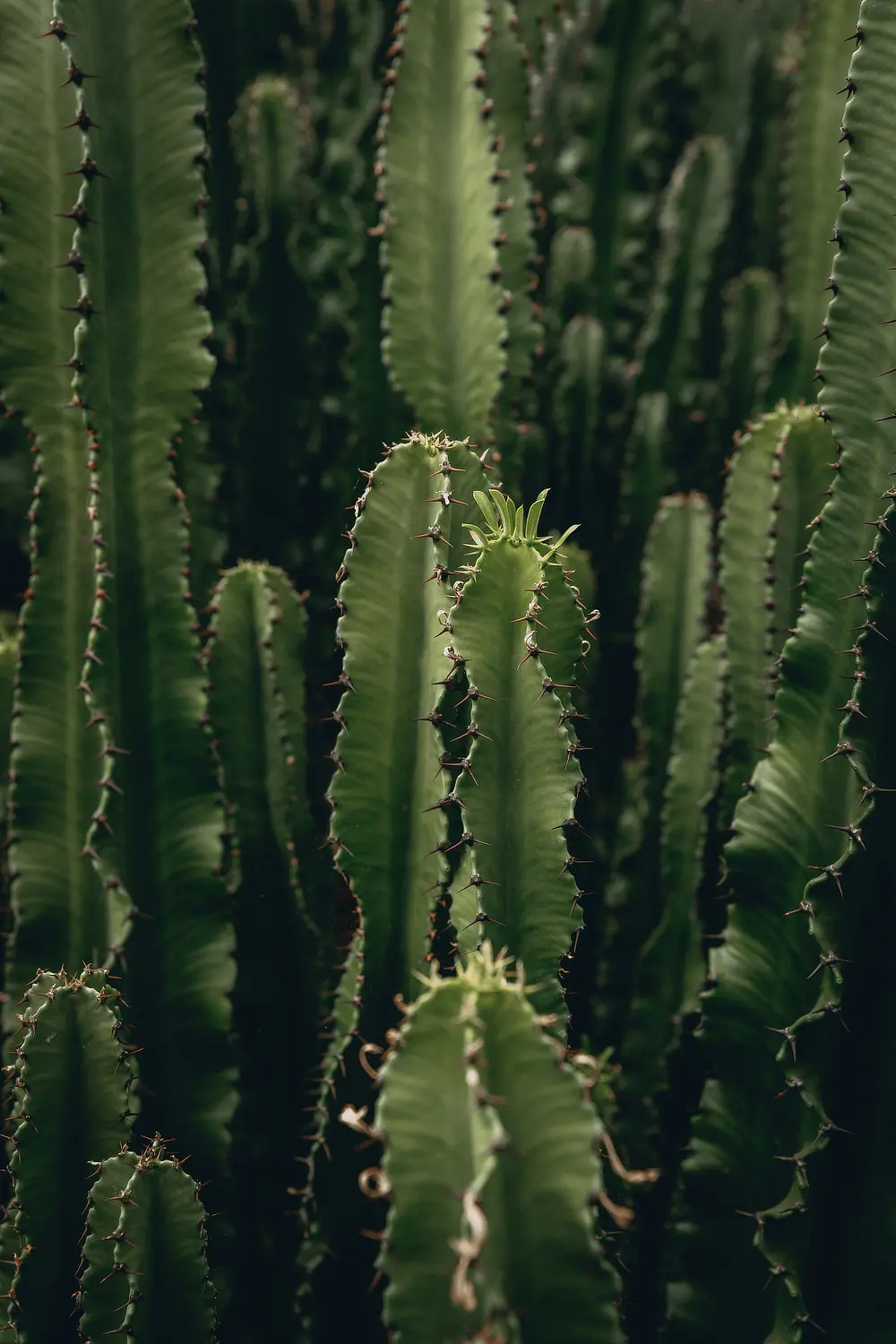Growing cacti is a rewarding and beginner-friendly way to start gardening. These hardy, sun-loving plants are low-maintenance, drought-tolerant, and slow-growing, making them perfect for busy gardeners. However, due to their slow growth, cacti can be expensive to buy. The good news is, propagating cacti is simple and cost-effective, allowing you to grow your own stunning collection at home.
Before you start it’s important to understand the difference between cacti and succulents, most cacti are succulents not all succulents are cacti – confused? Cacti are identified by their spines; they have fleshy stems that store water and photosynthesise whereas succulent plants store water and nutrients in their leaves. You can propagate succulents in many ways including leaf cuttings, division, seed and layering. With cacti you can grow from seed, although you are in for the long haul and the moisture rich stem on them makes cuttings touch more complicated.
Plants you may know that are cacti are the Mexican tent pole style cactus, silver torch cactus and prickly pears, there is also a common spinless prickly pear that is very popular with landscapers, obviously as its easier to plant!
First you need to take a cutting of your cacti and you need a very sharp knife for this, clean it with rubbing alcohol before using it to prevent any diseases getting into your plant. Then locate a good spot to cut your cacti, for plants like the prickly pear cut below where the stem swells, these plants look like paddles stacked on top of one another so just remove a single paddle. With single stem or multi stem cactus you want a healthy leader in an inconspicuous place in your garden as taking a cutting will leave the rest of the plant looking unsightly.
When propagating any plant, you want to cut just below a node as this is where the roots will form but cacti have a unique feature called areoles, where the nodes are packed very closely together without internodes separating them. This means just pick the height you want and cut away trying to get the cut parallel to the ground or with only a slight angle.
If you can get your hands on some powdered sulphur, you will speed up the healing process and this can be applied to both the plant and the cut end of the cutting but it’s not essential. What is essential is leaving your cutting to dry out in a cool shaded part of the garden as if you plant up a fresh cutting it will simply rot away. You will notice a callus forming on the base and you may even see some root growth after a couple of weeks. When the callus is formed you need to pot up the cutting into a very free draining mix – even coarse sand or river pebbles will do but try and put the cutting into the smallest pot possible. The small pot will heat up, stress the plant and actually promote strong root growth, when you see some roots out of the bottom of the pot you can pot it up into something larger and more suitable for long term growth.
The trick when potting up into a bigger pot is to have a layer of nutrient rich compost heavy potting mix in the bottom third of the pot, then a layer of poor quality, free draining soil on top and then use this same poor mix to back fill the cutting. This layering will make the roots search for good quality soil and nutrient and when the roots do hit it the plant will know to send out plenty of roots to this area of the plant. The more roots a plant has under the ground the better the growth above the ground.
If your cacti is outside there should be no reason to water it, let mother nature take care of it, the issues you will have will come from too much water and your cuttings are the same, too much water will lead to rapid growth that will be weak and suspectable to failure so unlike most things in the garden, just leave it alone.


